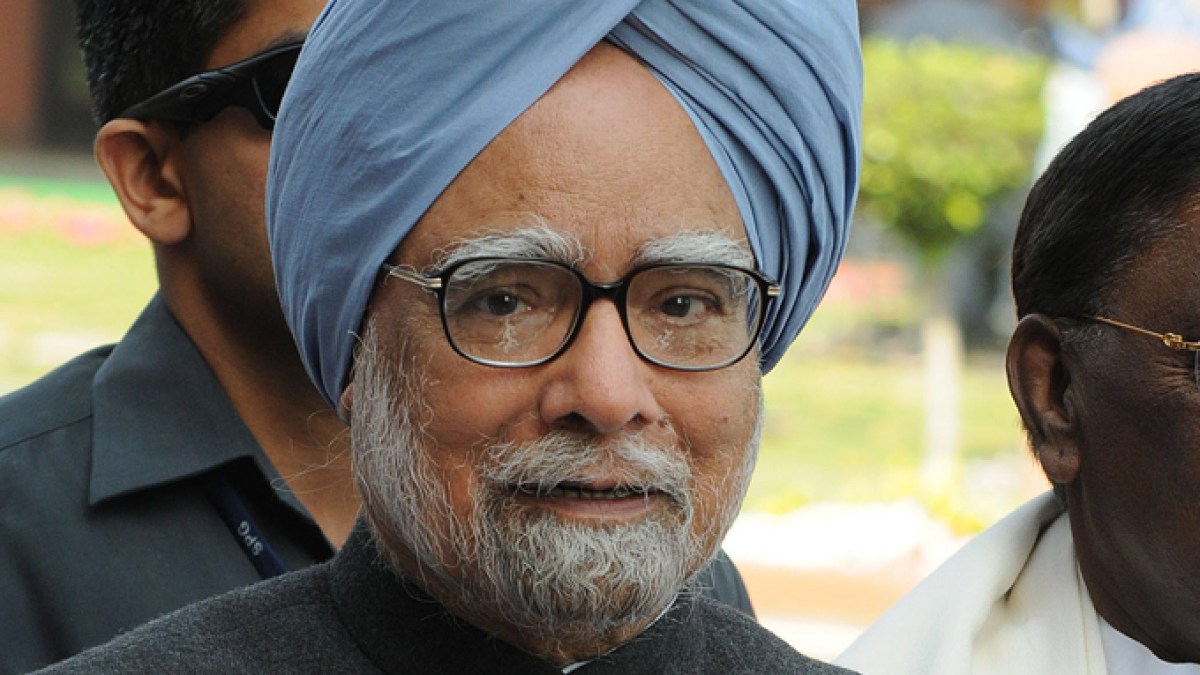Former Indian Prime Minister Manmohan Singh has died at the age of 92 Obituary News
to breakto break
Singh served as Prime Minister from 2004 to 2014 and was the architect of India’s economic liberalization in the 1990s.
Former Indian Prime Minister Manmohan Singh, who ruled the South Asian country for two terms and earlier liberalized its economy as finance minister, has died. He was 92 years old.
Economist-turned-politician Singh, who also served as central bank governor, was ill and was admitted to the All India Institute of Medical Sciences in New Delhi on Thursday evening.
According to the information from the hospital, his health deteriorated due to “sudden loss of consciousness at home”. He was “being treated for age-related medical conditions,” he said.
It is with deep sadness that we announce the death of former Prime Minister of India, Dr. Manmohan Singh, aged 92. He was being treated for age-related medical conditions and suddenly collapsed at home on December 26, 2024. Resuscitation measures have been taken. started immediately… pic.twitter.com/ZX9NakKo7Y
— ANI (@ANI) December 26, 2024
A soft-spoken technocrat, Singh became one of India’s longest-serving prime ministers during his 10 years in office from 2004 to 2014 and earned a reputation as a man of great personal integrity.
Prime Minister Narendra Modi, who succeeded Singh in 2014, called him one of India’s “most outstanding leaders” who came from humble origins and “made a strong mark on our economic policy over the years”.
“As our Prime Minister, he made extensive efforts to improve people’s lives,” Modi said in a post on X. He called Singh’s interventions in Parliament as an MP “insightful” and said “his wisdom and humility were always evident”.
One of the most prominent leaders of India, Dr. Grieving the loss of Manmohan Singh Ji. He rose from humble origins to become a respected economist. He left a strong mark in the economic field by working in various government positions, including the positions of finance minister… pic.twitter.com/clW00Yv6oP
— Narendra Modi (@narendramodi) December 26, 2024
Born into a poor family in what is now Pakistan, part of British-ruled India, Singh studied by candlelight to win a place at Cambridge University before going to Oxford, earning a doctorate with a thesis on the role of exports and free trade in the Indian economy. .
He became a respected economist, then governor of India’s central bank and a government adviser, but had no clear plans for a political career when he was suddenly named finance minister in 1991.
During his tenure until 1996, Singh was the architect of reforms that rescued the Indian economy from a severe balance of payments crisis, promoting deregulation and other measures that opened up the isolated country to the world.
Manmohan Singh Ji led India with great wisdom and integrity. His humility and deep understanding of economics inspired the people.
My deepest condolences to Mrs. Kaur and her family.
I have lost a mentor and a guide. Millions of people who admire him will remember him with this line… pic.twitter.com/bYT5o1ZN2R
-Rahul Gandhi (@RahulGandhi) December 26, 2024
Singh’s elevation to the post of prime minister in 2004 was even more unexpected.
He was asked to take on the task by Sonia Gandhi, who led the centre-left Congress party to a surprise victory. An Italian by birth, he feared his ancestry would be used by Hindu-nationalist opponents to attack the government if he led the country.
Experiencing a period of unprecedented economic growth, the Singh government shared the spoils of the country’s newfound wealth, introducing welfare schemes such as a work program for the rural poor.
In 2008, his government also signed a landmark agreement with the United States allowing peaceful trade in nuclear energy for the first time in three decades, paving the way for stronger relations between New Delhi and Washington.
However, his efforts to further open India’s economy were often frustrated by political infighting within his own party and the demands of his coalition partners.
Singh adopted a low profile after giving up the post of prime minister. He is survived by his wife and three daughters.








